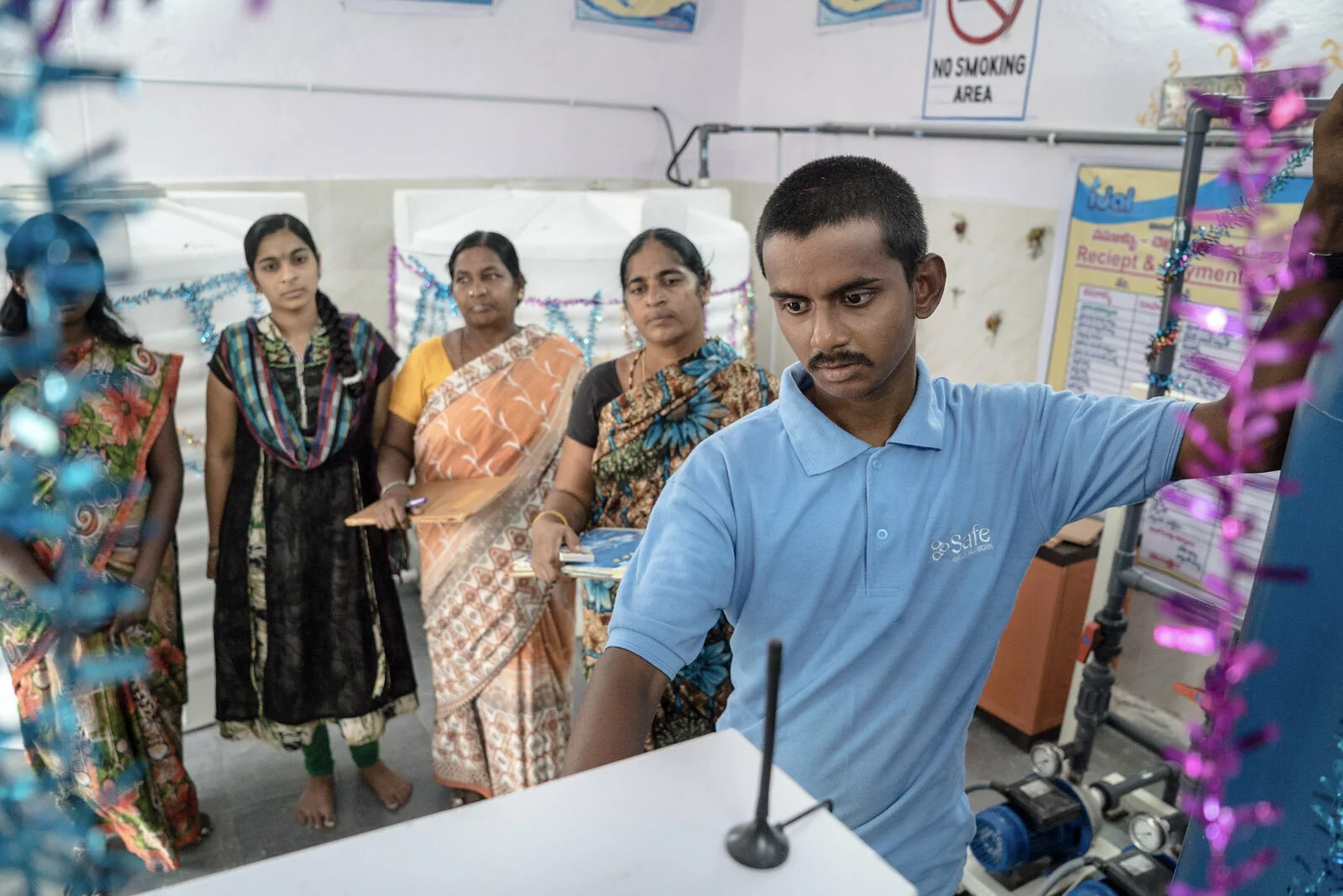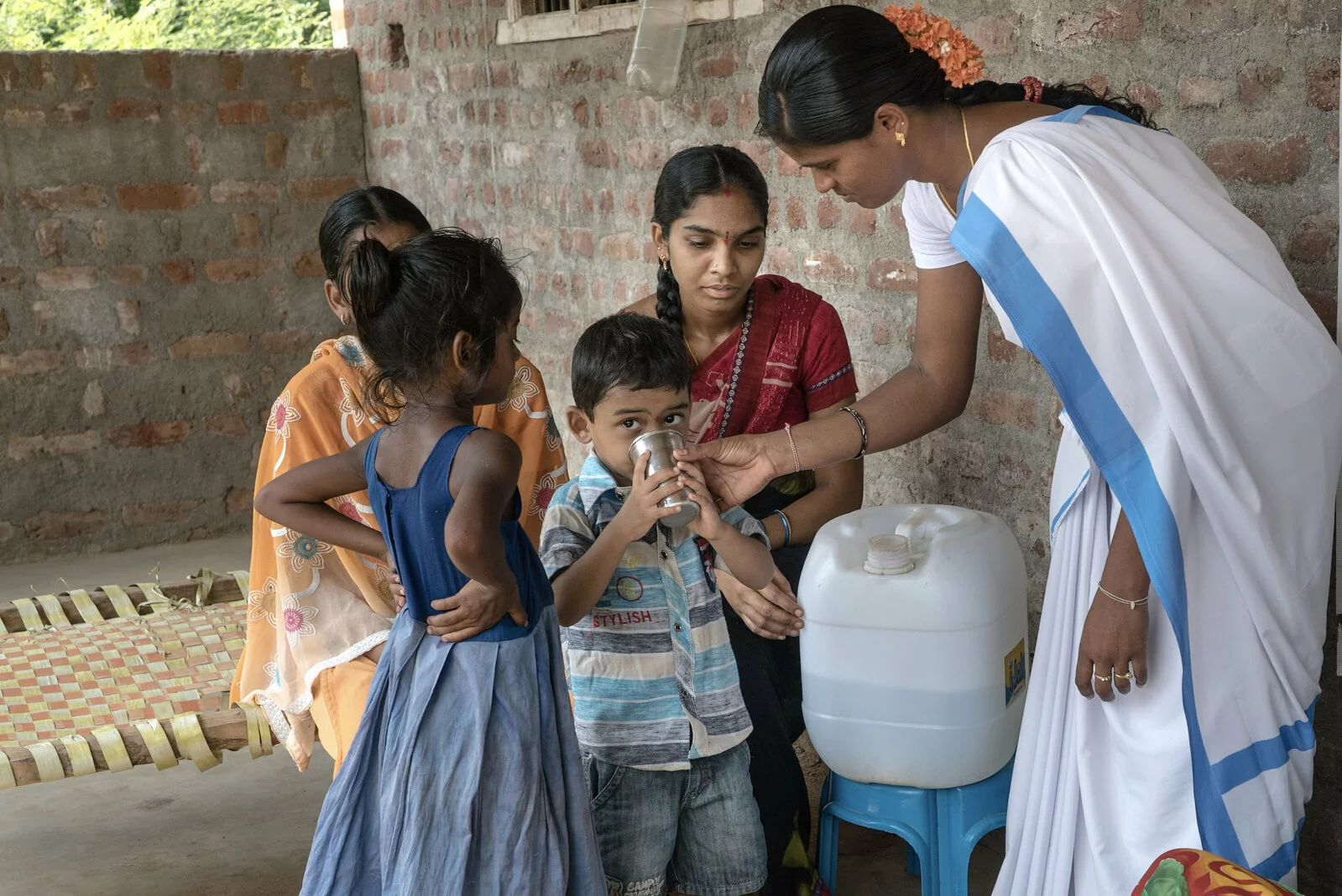Private Sector Engagement in Water Supply
By: Poonam Sewak, Garvita Chawla, Pooja Singh, Ipsita Gauba, Nidhi Modi, Simran Sharma
Safe Water Enterprises (SWEs) bring together the communities, public sector, and the private sector to offer a complementary solution for safe and affordable drinking water access to the low-income communities. It is a successful PPP model implemented with various governance models. Correct siting of SWEs in high footfall areas helps the users access the services while making the operations financially viable.
The overarching goal is for all the players is to support each other. It is critical for the stakeholder, for-profit corporations, concessionaires, SWEs, NGOs, and various government authorities, to collaborate seamlessly to improve service delivery and ensure affordability. Some of the key recommendations of this landscape assessment are:
1. Articulated policies to allow stakeholders and utilities to strengthen their position to PPPs in the water sector
2. Improving the financial health of municipalities by reducing the NRW and engaging the private sector participation in municipal bond issues
3. Realistic pricing, guidance on tariff structures, and performance-linked subsidies can also help improve the sector viability
4. Sharing of best practices and knowledge transfer to improve ULB capabilities for robust implementation and monitoring of PPP performance
5. Provide incentives for new private impact investment with Government as the outcome funder
6. Innovative instruments of finance with success-fee based models to attract private capital
In the long term, devolving service delivery to the PPPs, developing sector regulation, and competitiveness among theULBs can strengthen the local bodies’ performance to become a focal point on objective tariff settings and targeted subsidies.

